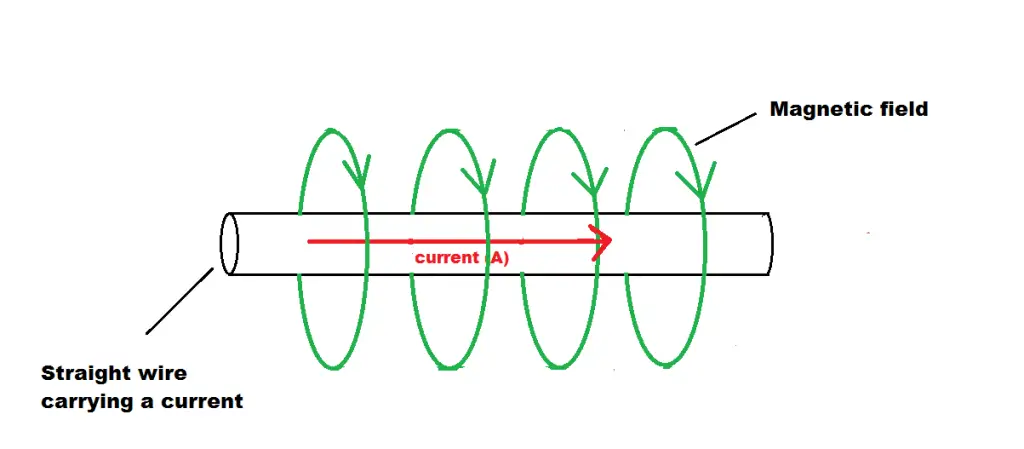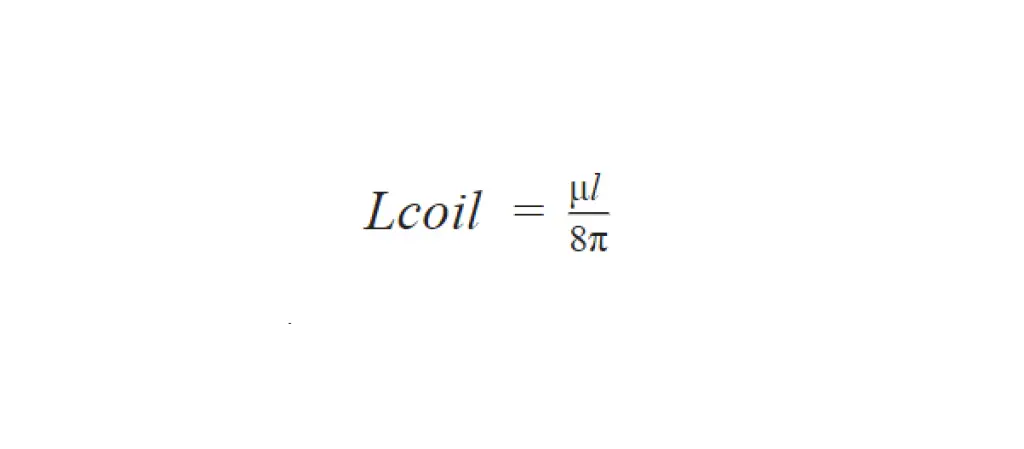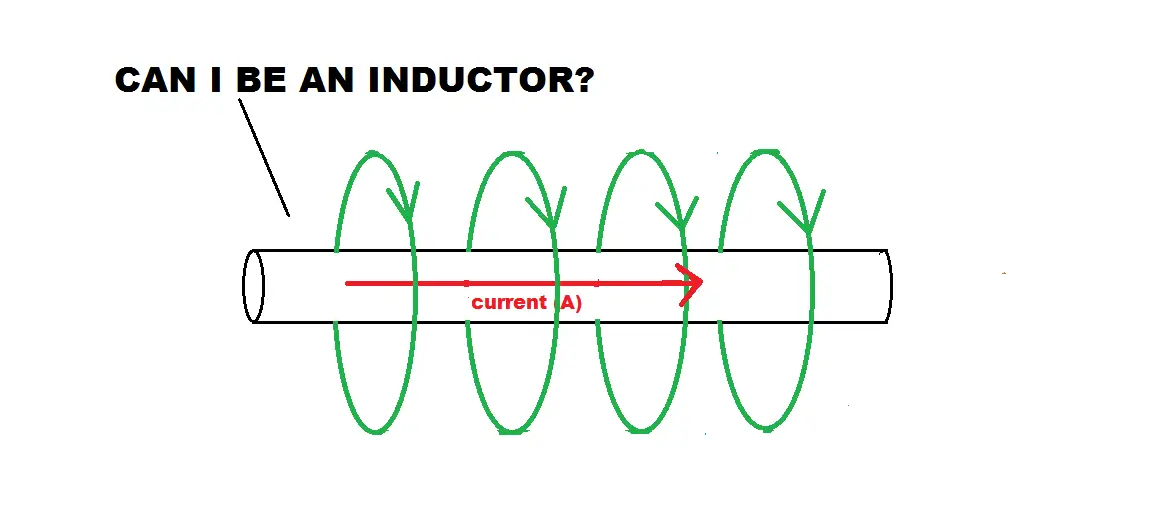An Inductor is a passive electrical component found in many electrical and electronic circuits.
It’s main purpose is to oppose a change in current by producing something known as Back EMF.
Inductors have many uses in circuits which include, blocking AC and allowing DC to pass, electronic filters to separate signals of different frequencies, tuning circuits like Radios and televisions etc.
An inductor is commonly a coil of wire wound around a central core (imagine wrapping a wire around your finger).
But, can a straight wire act as an inductor? Yes, a straight wire can act as an inductor. This is because any wire that carries a current will produce a resulting magnetic field which will oppose a change in current.
How effective a straight wire is at being an inductor is a different story which we shall explore in more detail below.
What causes a straight wire to act like an inductor
To understand why a straight wire can act as an inductor, we will need to understand a few other principles before proceeding.
Electromagnetism
Electromagnetism is the relationship between electricity and magnetism.
It is one of the biggest breakthroughs in science, mainly in the branch of Physics.
It studies the electromagnetic forces that are placed on electrically charged particles.
Without getting into too much detail, the basics of electromagnetism states that when an electric current passes through a metal conductor, a magnetic field is produced around that conductor.
The direction of the magnetic field is always perpendicular to the direction of the current.
The diagram below shows the magnetic field around a straight wire.

Inductor
As mentioned at the start, an Inductor is a passive electrical component whose main purpose is to store energy in the magnetic field and oppose any change in current.
The inductor was created with the knowledge of electromagnetism and how a wire carrying a current can produce a magnetic field.
It is a wire that is coiled around a central core.

The inductor has one job in an electrical circuit which is to oppose a change in current which is shown mathematically by the formula dI/dt.
It fights this change in current by producing an Electromotive force (EMF) or back EMF.
The strength of this EMF is largely dependent on the Inductance of the coil which is determined by many factors such as the number of turns in the coil (N), the area of the coil (A) and the length of the coil (d).
The formula for the inductance of the coil can be seen below.

This shows us that the inductance of an inductor is the major property we are concerned with.
Let’s see how a straight wire can act as an inductor.
So, we see that the more turns a coil has the greater the inductance.
It might be said that a straight wire has zero turns and therefore zero inductance.
Saying this infers that current in a closed loop circuit (with straight wires) will reach its maximum value instantly.
But, we know that this cannot be true, as there is a finite amount of time it takes current in a circuit to go from zero to its maximum value.
This time delay is due to the inductance of the wires in the circuit, which shows that straight wires have some inductance and can act as an inductor.
The amount of inductance a straight wire has is governed by the following equation.

Why a straight wire has inductance but is not a very efficient inductor
Now, how effective a straight wire is at being an inductor is a completely different story.
Let’s look at why using a straight wire is not going to be very efficient and a coil of wire with many turns is a better option.
The greater the magnetic field produced by the current through a wire the greater the EMF which will oppose the changes in current making the inductor more effective.
A single wire has a certain amount of inductance which is largely determined by the length of the wire.
But, there it’s not going to be efficient having long lengths of wire to increase the inductance.
Coiling that same single wire, will instantly double its inductance without having to increase the it’s length.
The magnetic field from the first loop will converge with the magnetic field of the second and double in magnitude.
Adding another coil will triple its inductance and so on.
This can be seen mathematically by the equation of coiled wire as adding more turns (coils) increases the inductance of wire.
Why is the energy stored in an inductor larger than a straight wire?
The greater the magnetic field generated, the more energy will be able to be stored in that magnetic field.
As we saw above, by taking a single wire with a weak magnetic field and coiling it, we instantly increase the strength of its magnetic field.
Therefore, an inductor (which has many more turns than a single wire) is going to have a greater magnetic field and more storage for energy.
How can you make a straight wire act less like an inductor?
What if you do not want a lot of inductance in a circuit?
Maybe you want the straight wire to act less like an inductor. Is it possible?
There are ways to reduce the amount of inductance a straight wire has.
Reducing the length of the wire will greatly reduce its inductance as we know the length of a straight wire largely affects its inductance.
Only, have wires as long as you need, do not add any excess.
Other than that, if the straight wire is placed in a way that it has any coils, or is bunched up together, this is going to increase its inductance.
So, ensure that all wires are straight.
Final thoughts
So, can a straight wire act as an inductor, yes it can.
However, the next question is whether it is going to be a very effective inductor, and the answer is no.
The greater the EMF that an inductor can produce to resist changes in current, the more effective it is.
We achieve this by taking that straight wire and coiling it.





